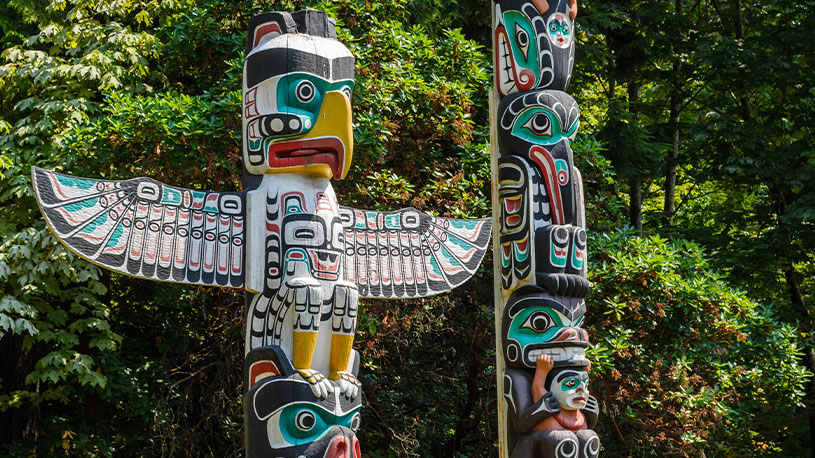Psychological safety is helpful in building solid connections and promoting authenticity at work
A 2022 survey from ADP Canada and Maru Public Opinion indicates most workers in Canada are comfortable being themselves at work. Despite feeling valued and comfortable at work, the data also revealed that racialized and Indigenous respondents were nearly twice as likely (36%) as white respondents (21%) to say they feel their colleagues may deliberately act in a way that undermines their efforts at work.1
Although employers appear to support inclusive workplaces, more work is needed to ensure all employees feel seen, heard, and valued. It’s essential to recognize that microaggressions – subtle or unintentional acts of discrimination – can occur in the workplace and psychologically impact employees, often leading to feelings of not being connected.
What can employers do?
Encouraging an environment that promotes open discussion and action around disadvantage, including microaggressions and inclusion issues, can help employers create a workplace that promotes psychological safety, a sense of belonging, and a culture of advocacy. Specifically, supporting the well-being of Indigenous employees may include:
- Providing access to diverse resources that promote well-being:
Employers can offer more effective support by selecting partners who respectfully collaborate with Indigenous peoples. Incorporating traditional healing practices and ceremonies and providing access to Indigenous healers or counsellors through workplace wellness programs can help support employees’ overall well-being and create a strong sense of inclusion. - Offer comprehensive support for Indigenous women:
Implementing programs to support Indigenous women may help employers address and recognize the unique challenges facing Indigenous women, including higher levels of discrimination and violence. These initiatives may focus on mental well-being and workplace integration, acknowledging and addressing the intersectional barriers Indigenous women often face. Examples may include mentorship opportunities to foster leadership skills, partnerships with Indigenous women’s organizations for resource sharing, and creating safe spaces within the workplace for Indigenous women to share experiences and support each other. - Promote flexible work arrangements:
Adopting flexible work policies can support Indigenous employees by enabling and honouring their participation in significant community and cultural practices without hindering professional obligations. Employers may consider creating flexible, remote, or hybrid roles that facilitate balance, accommodate seasonal work patterns or align with traditional lifestyles. Engaging in open dialogues to tailor these arrangements ensures that the professional environment adapts to the lives of Indigenous employees rather than requiring them to conform to rigid work structures. - Encourage a culture of continuous learning and openness:
Fostering an environment that promotes continuous learning is critical to creating an inclusive workplace. Workshops, training sessions, and resource access can support a strong sense of belonging. As part of creating a safe workplace for employees to learn and grow, feedback loops are essential and help to ensure the workplace remains inclusive and evolves to reflect a genuine respect for diversity. - Build a community-focused workplace:
Implementing strategies that enhance a sense of community can significantly impact team cohesion. Encouraging initiatives that promote authentic, respectful, and trust-based relationships among employees, regardless of cultural background, is essential. Inclusive team-building activities that are respectful of all cultures, and mentorship and collaboration opportunities where employees can learn from each other and provide mutual support can help foster an understanding and supportive environment where every individual can succeed.
1This survey engaged with employed Canadians who identified themselves as Black, Indigenous, or people of colour. The term “racialized” is preferred by human rights organizations, acknowledging that race is a social construct.
This guide is intended to be used as a starting point in analyzing how employers in Canada can support inclusion, belonging, and well-being among Indigenous employees and is not a comprehensive resource of requirements. It offers practical information concerning the subject matter and is provided with the understanding that ADP is not rendering legal or tax advice or other professional services.



